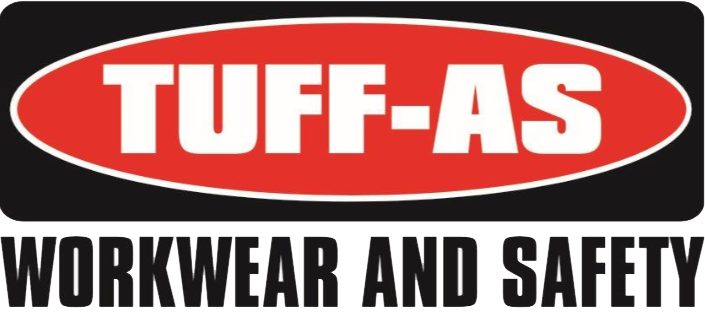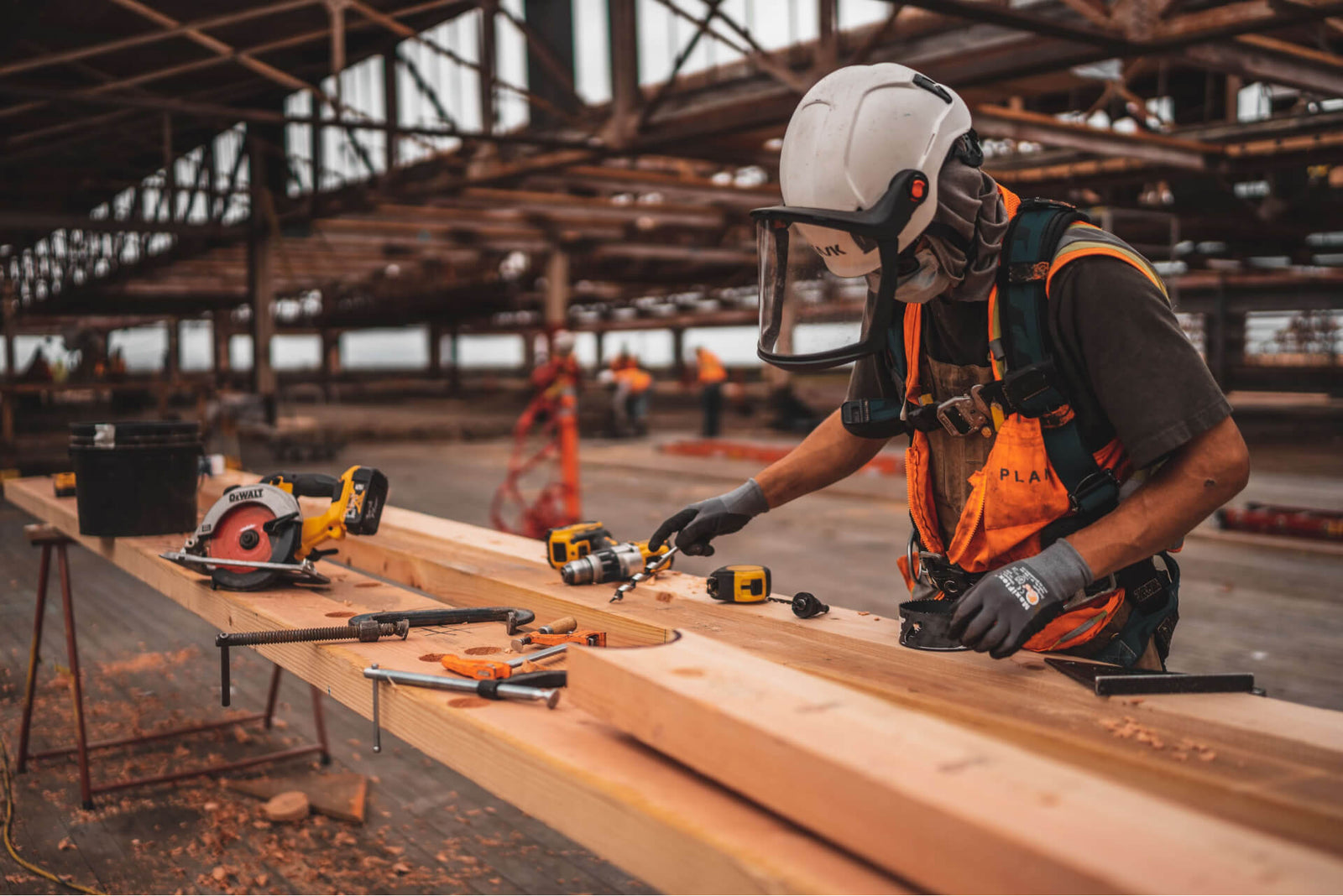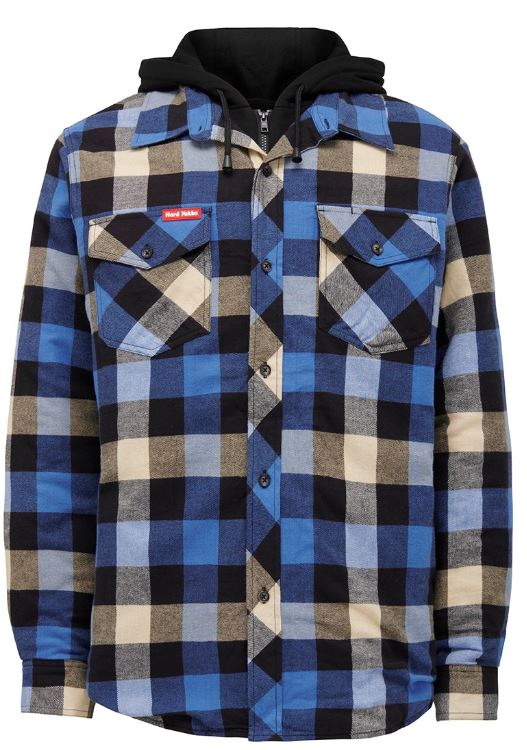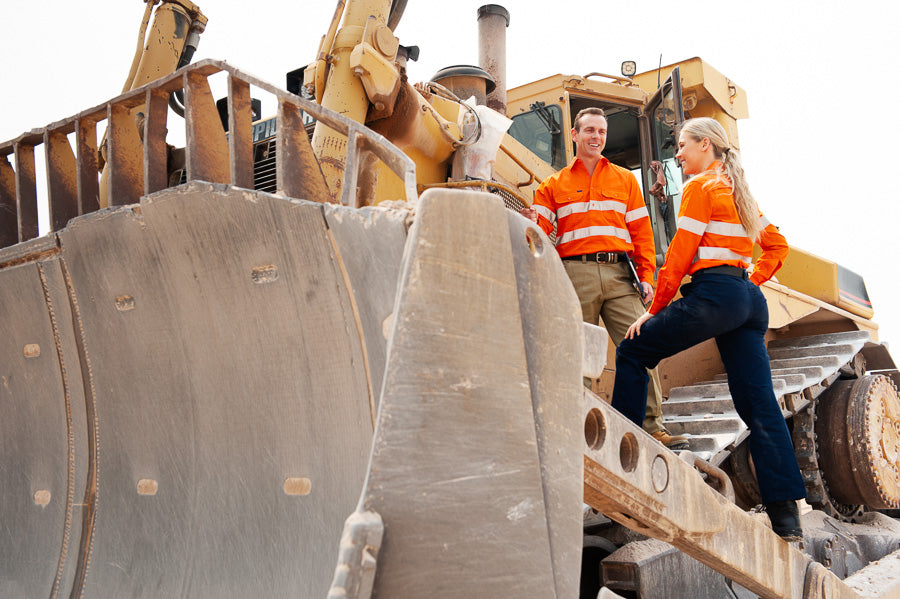If you work in the trades or construction, you are well-aware of how important work safety gear is. During the average work day, you may be exposed to multiple risks from loud noises, to hazardous materials, to sharp equipment. As you are working in particularly high risk environments, you need good quality workplace safety equipment which keeps you protected while also ensuring you can get the job done.
At Tuff-As, we’re passionate about providing all tradespeople with the best quality workwear and safety equipment so they can excel at work. Although safety equipment can vary depending on the specific trade, there are essential safety equipment items for every tradesperson. We explain what safety equipment you need when working in the trades and why they are essential in protecting common workplace injuries.
Recommended Essential Safety Equipment
The majority of trades and construction safety equipment tends to fall under ‘Personal Protective Equipment (PPE)’. PPE is clothing and equipment such as a hard hat or hi vis clothing, which keeps you safe onsite and is a legal requirement of a Safe Work Environment.
There are 6 main types of PPE that tradespeople need, including; head protection (hardhats), eye protection (safety goggles), hearing protection (earplugs), hand protection (gloves), feet protection (safety boots), and full body protection (hi vis clothing).
Head Protection

When it comes to maintaining personal safety onsite, protecting your head is highly important. Construction sites are particularly hazardous as you may be hit by falling objects caused by unstable structures, using tools at height, and the lifting of unsteady loads. Wearing a hard hat which meets AS/NZS 1801:1997 Occupational Protective Helmet standards can help reduce your risk of head trauma caused by these falling objects or a collison. Hard hats also have the benefit of keeping your head dry from rain and reducing sun exposure. Choose a lightweight, durable and certified hard hat such as the Pro Choice V9 Hard Hat Vented Ratchet Harness to keep your head protected while working.
Eye Protection

Ensuring your eyes are adequately protected from hazards onsite should be a priority. Whether you are spending extended periods of time outside, working with chemicals or are using machinery, you need to take special precautions to protect your eyes. If you are working outside, protect your eyes from dangerous UV rays and glare by choosing a pair of sunglasses which meet the Australian Standard AS/NZS 1337.1 for Eye and face protectors for occupational applications. If you are working with chemicals, machinery or in construction, protect your eyes from chemical splash, debris and any other risks by wearing protective glasses or goggles.
Hearing Protection

Every workplace needs to conduct a noise assessment to accurately identify the level of noise their workers are exposed to. Attempting to guess the decibel level may result in inadequate noise protection and mitigation which can lead to industrial deafness and other hearing issues. When choosing hearing protection, check to see the level of decibels the protection offers and whether it is compliant with the AS/NZS 1270:2002 standards. We recommend choosing over the ear hearing protection such as the Pro Choice Python Slimline Earmuffs Class 5 - 31db.
Hand Protection

As you work with your hands everyday in the construction and trades industries, protecting them is essential to getting your work done safely. If you are handling sharp objects, dangerous machinery, and/or hot and cold items, you need to wear protective gloves. Even something as simple as a small cut or splinter can quickly become a health risk when working onsite. Choose a pair of gloves which protect your hands without compromising grip or dexterity like the Pro Choice Prosense Black Panther Gloves. If you are exposed to intense chemicals and substances, protect your hands with PVC gloves which are resistant to oil and grease. You can also ensure that your arms also are protected from any cuts or abrasions with the Pro Choice Arax Cut Resistant Sleeves.
Feet Protection

Working as a tradie means you are often on your feet for long periods of time. Feet health is crucial in enabling you to work so you need to wear the right shoes with adequate protection. Aside from fatigue, your feet can also face risks of broken toes, punctures, wounds, cuts, severed toes, burns, electric shock and sprains or fractures. To help minimise the risk of injury and accidents, you need to wear safety boots onsite. If you are working with electrical hazards and are at risk of slips from oil, acid, water or mud, choose a pair of safety boots which are compliant with AS 2210.3:2019 or ASTM F2413-17 standards and a TPU outsole like the Blundstone 140 Brown Leather Elastic Side Safety Boot. For those working onsite, especially in construction, ensure ultimate protection of your feet with a safety toe, bump cap and reinforced padding as seen on the FXD Wb-1 Composite Toe Safety Boot.
Full Body Protection

Maintaining full body protection onsite tends to refer to wearing high visibility (Hi-Vis) clothing which also protects against the elements such as intensive heat or cold. Look for Hi-Vis clothing which meets the AS/NZS 4602.1.2011 standards and is durable enough to withstand harsh weather conditions such as the King Gee Lightweight Jacket. If working outside, choose a Hi-Vis top which is UPF50+ and lightweight enough to wear in the hotter months like the Ritemate 2 Tone Vented Lightweight Open Front Long Sleeve Shirt.
Additional Protections

Aside from these six types of safety equipment essentials, you also need to use other safety equipment including respirators, face masks or shields, safety harnesses and any other items which are specific to your line of work. It’s also recommended to have a First Aid Kit on hand to ensure you can tend to any injuries or accidents quickly.
Learn More About Essential Safety Equipment
If you’d like to learn more about the safety equipment needed in construction or in the trades, check out our full safety gear collection or get in touch with us to discuss what workwear and safety equipment you need.




